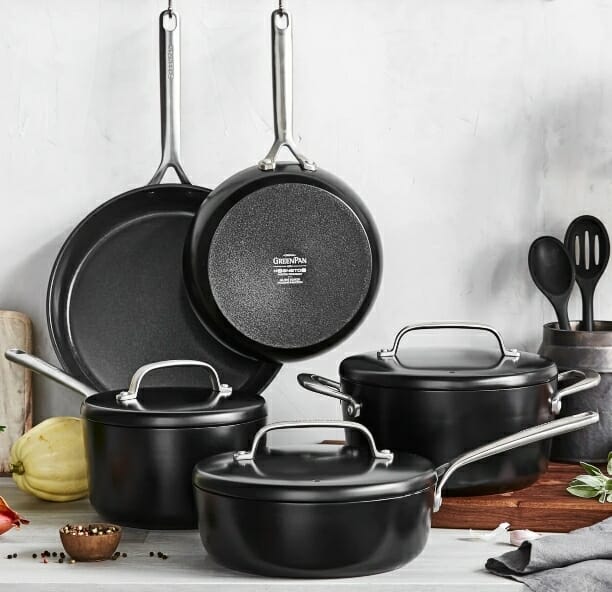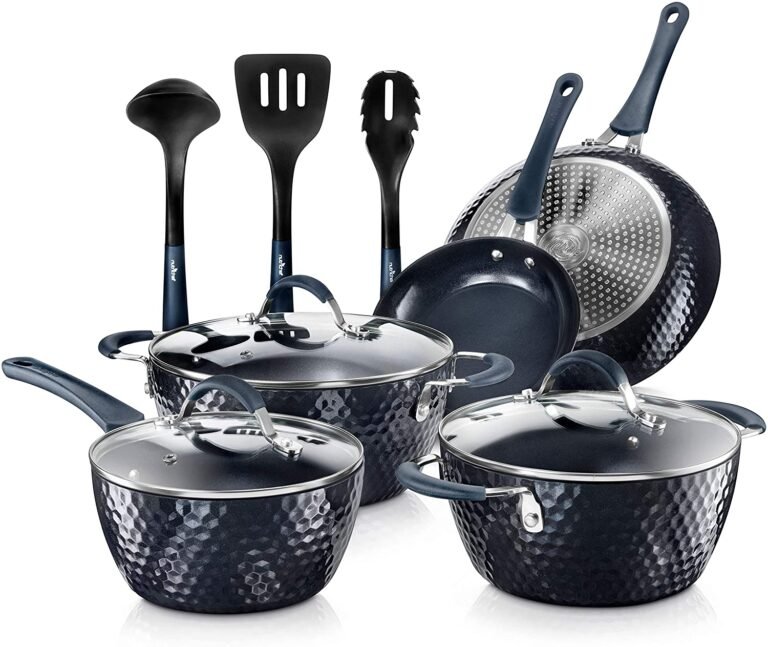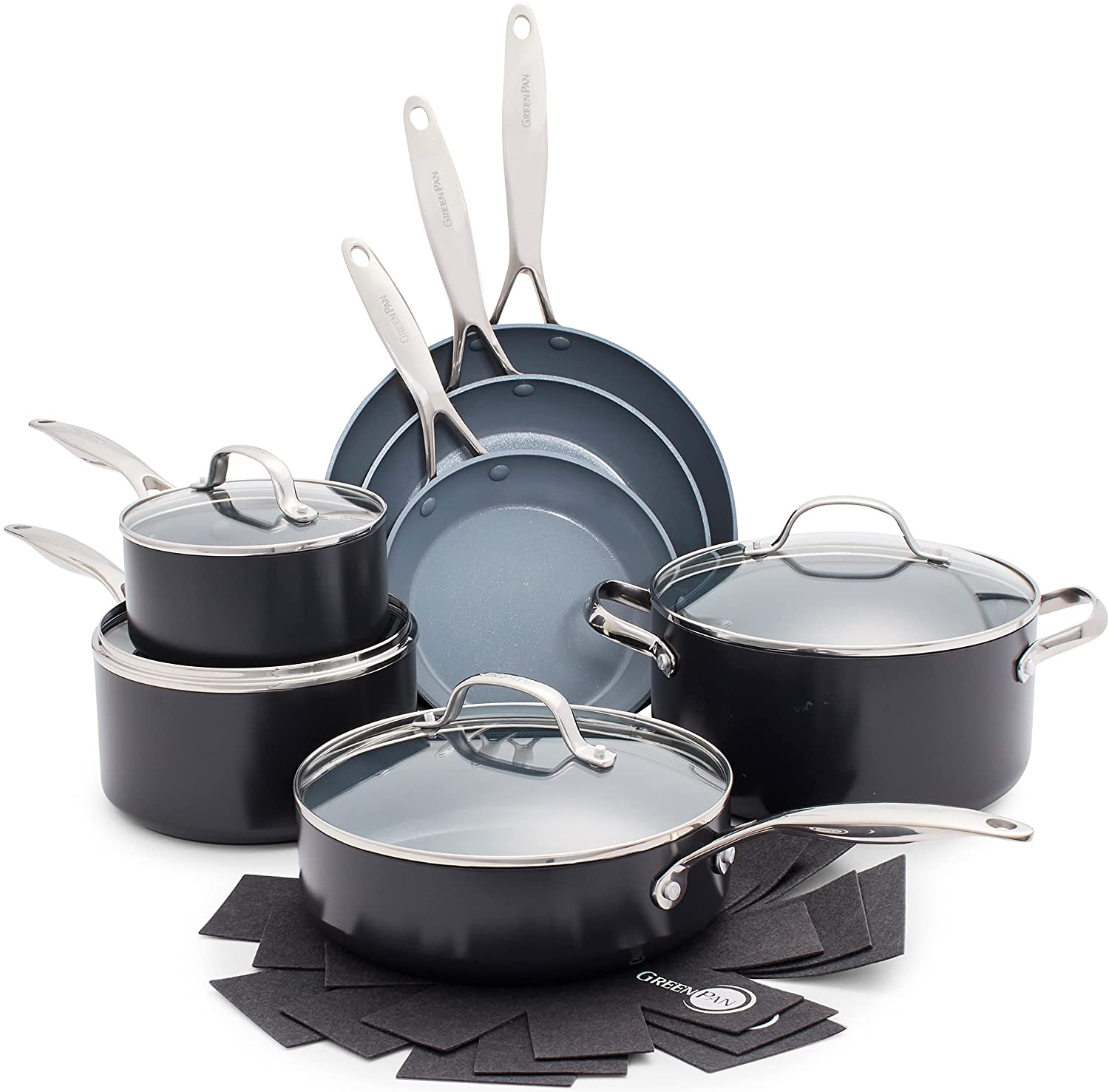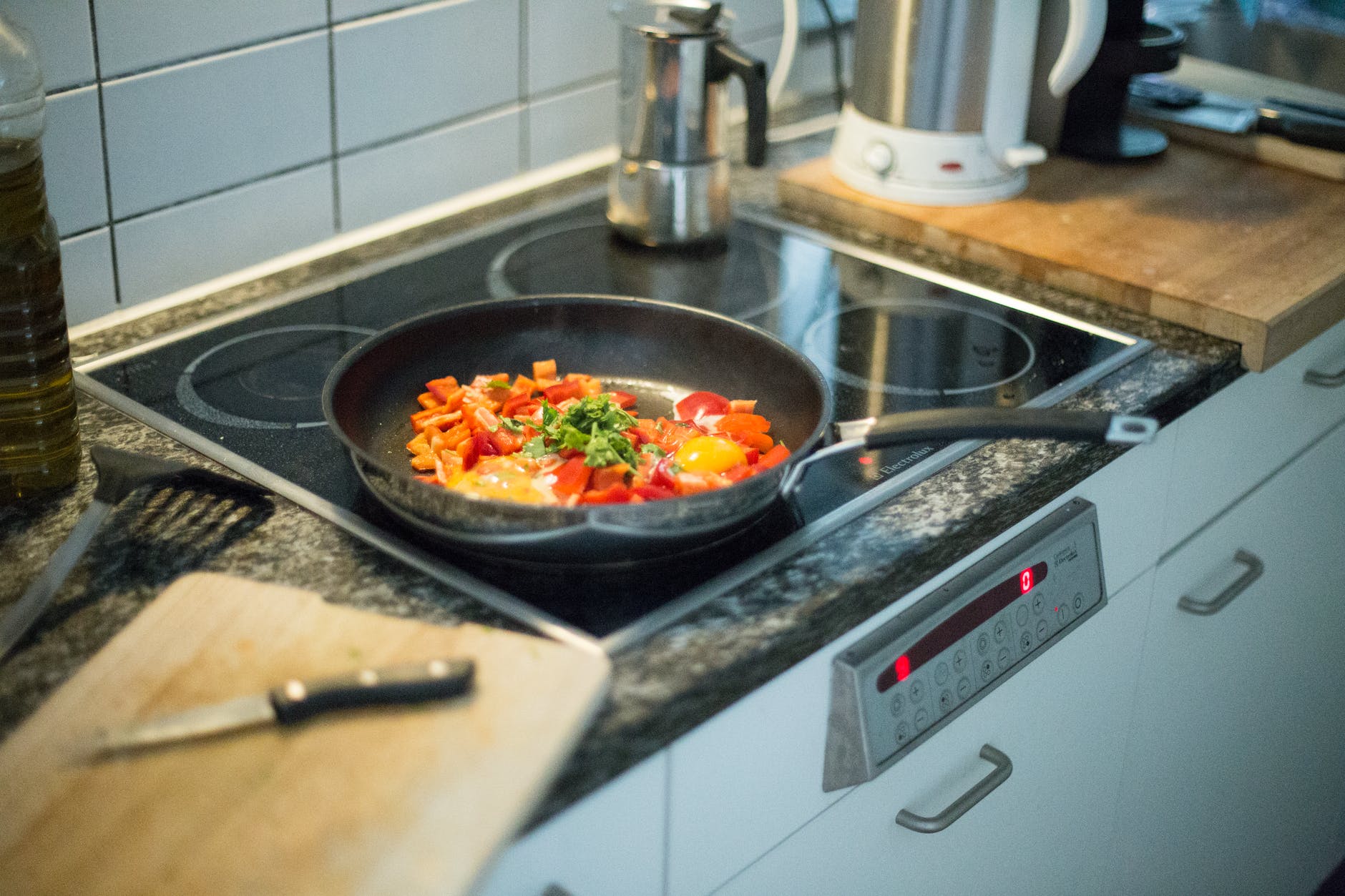Choosing the Best Pans for Electric Stove
I. Introduction

A. Understanding the importance of selecting the right pans for electric stoves
Choosing the right pans for your electric stove is essential for achieving optimal cooking results. The type of pan and its characteristics can affect heat conductivity, heat distribution, and overall cooking performance.
B. Exploring the factors to consider when choosing pans for electric stoves
Several factors should be taken into consideration when selecting pans for electric stoves. These factors include material considerations, such as copper, stainless steel, and aluminum, as well as the thickness of the cookware base.
II. Heat Conductivity and Efficiency: Factors to Consider
A. Material Considerations for Electric Stove Pans

Copper Pans: Excellent heat conductivity for fast and even heating Copper is known for its exceptional heat conductivity, allowing the pan to respond quickly to changes in heat settings. This means faster and more even heating, resulting in precise cooking control. Copper pans are ideal for tasks that require heat adjustments, such as sautéing or searing.
Stainless Steel Pans: Durable and resistant to corrosion Stainless steel pans are durable and resistant to corrosion, making them a popular choice for electric stoves. While stainless steel has lower heat conductivity compared to copper, it often has an aluminum or copper core base that helps improve heat distribution. Stainless steel pans are suitable for a wide range of cooking tasks, from simmering to browning.
Aluminum Pans: Lightweight and efficient heat conductors Aluminum pans are lightweight and efficient heat conductors. They heat up quickly and distribute heat evenly, allowing for consistent cooking results. However, aluminum is reactive to acidic foods, so it is often coated with a non-reactive material like stainless steel for added durability and safety.
B. Cookware Base Thickness
The importance of thick and heavy-bottomed pans for heat distribution Thick and heavy-bottomed pans ensure even heat distribution and minimize hot spots. The thick base acts as a heat reservoir, retaining and distributing heat evenly throughout the cooking surface. This helps prevent food from burning or sticking in certain areas.
Balancing heat retention and responsiveness for optimal cooking results The thickness of the pan’s base also affects heat retention and responsiveness. Thicker bases retain heat longer, which is ideal for tasks that require steady, consistent heat, such as simmering or slow-cooking. Thinner bases, on the other hand, are more responsive to changes in heat settings, allowing for quick adjustments and precise heat control.
III. Compatibility and Safety: Choosing the Right Pan Design

A. Flat Bottom and Magnetic Properties
Ensuring a flat bottom for proper contact and heat distribution on electric stoves A flat and even bottom surface is essential for proper contact with the electric stove’s heating element. This ensures optimal heat distribution and efficient cooking. Pans with warped or uneven bottoms may result in uneven heat distribution and cooking performance.
Magnetic properties for efficient energy transfer on induction stovetops For induction stovetops, it is crucial to choose pans that have magnetic properties. Induction stoves work by creating a magnetic field to generate heat directly in the pan. Pans without magnetic properties, such as copper or aluminum alone, will not work efficiently on induction stoves.
B. Pan Size and Shape
Choosing pans that fit the coil size of the electric stovetop Proper pan size is important for efficient heat transfer and even cooking. The size of the pan should match the size of the heating element or coil on the electric stovetop. Using a pan that is too small may result in uneven heating, while a pan that is too large may lead to inefficient heat transfer and slower cooking times.
Considering the shape of the pan for efficient heat distribution and cooking performance The shape of the pan can also affect heat distribution and cooking performance. Pans with straight sides and a wider cooking surface compared to the base facilitate even heat distribution and allow for more surface area for cooking. Additionally, pans with a deeper design can be beneficial for recipes that require more liquid or when sautéing ingredients.
IV. Non-Stick Coatings and Durability

A. Non-Stick Coatings for Easy Release
Advantages of non-stick coatings for cooking and easy cleanup Pans with non-stick coatings offer several advantages, including easy food release, reduced need for excessive oil or fat, and simplified cleanup. The non-stick surface prevents food from sticking, making it ideal for delicate or sticky foods that might be challenging to cook on a regular pan.
Factors to consider when selecting non-stick pans for electric stoves When choosing non-stick pans for electric stoves, consider the compatibility of the coating with the heating elements. Some non-stick coatings may have temperature limitations and may not be suitable for high-heat cooking. Additionally, look for pans with durable non-stick coatings that are resistant to scratching, abrasion, and peeling.
B. Durability and Longevity
Evaluating the durability of the pan and its ability to withstand high heat levels Select pans made from durable materials that can withstand the high heat levels of electric stoves without warping or deforming. Stainless steel, hard-anodized aluminum, or cast iron pans are often preferred for their durability and ability to handle high temperatures.
Considering the maintenance requirements and lifespan of the pan Evaluate the maintenance requirements and lifespan of the pan before making a purchase. Some pans may require special care, such as handwashing or seasoning, to maintain their performance and longevity. Consider your lifestyle and preferences to ensure a pan that fits your needs in terms of maintenance and durability.
V. Conclusion
Choosing the right pans for electric stoves involves considering compatibility, safety, and durability factors. Ensuring a flat bottom and magnetic properties for induction stovetops allows for optimal heat transfer and efficient cooking. Choosing the right pan size and shape enhances heat distribution and maximizes cooking performance. Non-stick coatings provide easy release and simplified cleanup, but it’s important to consider compatibility and durability. Evaluating the durability and maintenance requirements ensures a long-lasting and satisfying cooking experience. By considering these factors, home cooks can select the best pans for electric stoves that optimize cooking results and make their culinary creations a success. Invest in high-quality pans that meet your specific needs and enjoy efficient and enjoyable cooking experiences on your electric stovetop.

